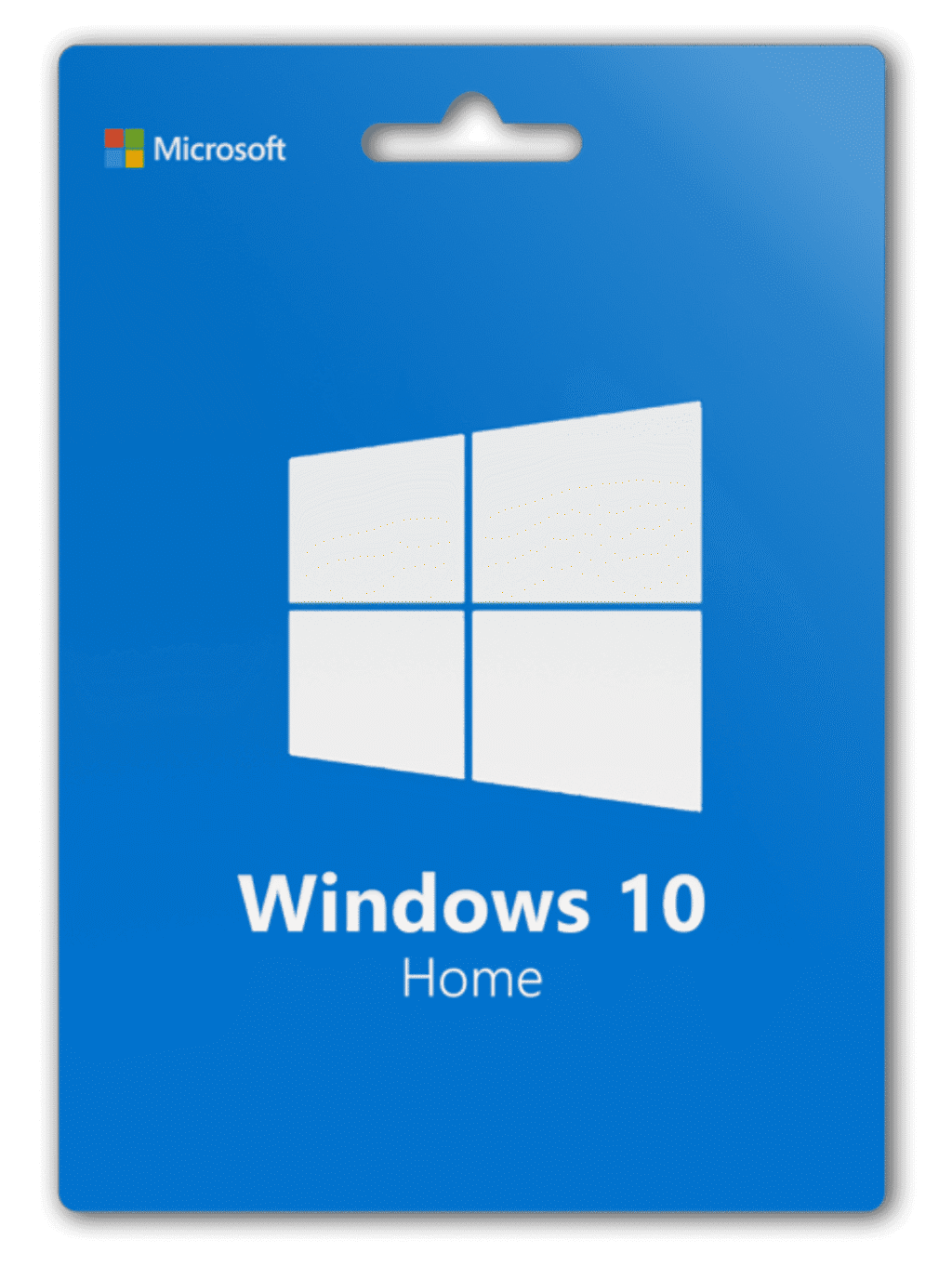
Troubleshooting Common Windows 11 Issues: A Practical Guide
Windows 11 has brought a sleek new interface, improved productivity features, and enhanced performance. However, like any operating system, it’s not immune to glitches. Users may face a variety of issues ranging from compatibility problems to performance hiccups. This guide provides Windows 10 Home Key practical solutions to some of the most common Windows 11 issues to help you get your system running smoothly again.
1. Slow Performance or Lag
Symptoms:
-
Programs take too long to open
-
System boots slowly
-
Frequent unresponsiveness
Fixes:
-
Disable Startup Programs: Press
Ctrl + Shift + Escto open Task Manager. Go to the Startup tab and disable unnecessary apps. -
Run Disk Cleanup: Use the built-in Disk Cleanup tool to remove temporary files and system cache.
-
Update Drivers: Outdated drivers can cause lags. Use Device Manager or Windows Update to ensure drivers are current.
-
Check for Malware: Run a full system scan using Windows Security or another trusted antivirus software.
2. Wi-Fi Not Connecting
Symptoms:
-
Cannot connect to Wi-Fi networks
-
Frequent disconnections
Fixes:
-
Restart Network Adapter: Go to
Settings > Network & Internet > Advanced Network Settings, then disable and re-enable your Wi-Fi adapter. -
Reset Network Settings: Navigate to
Settings > Network & Internet > Advanced Network Settings > Network Reset. -
Update Wi-Fi Drivers: In Device Manager, locate your network adapter, right-click, and choose “Update driver”.
3. Windows Update Issues
Symptoms:
-
Updates not downloading or installing
-
Error messages during update
Fixes:
-
Run Windows Update Troubleshooter: Go to
Settings > System > Troubleshoot > Other troubleshootersand run the Windows Update troubleshooter. -
Clear Update Cache: Open Command Prompt as Administrator and run:
-
Use the Update Assistant: If updates still fail, download and run the Windows Update Assistant from Microsoft’s website.
4. Taskbar Not Responding
Symptoms:
-
Taskbar freezes
-
Start menu doesn’t open
Fixes:
-
Restart Windows Explorer: Open Task Manager, find Windows Explorer, right-click, and select Restart.
-
Re-register Taskbar: Open PowerShell as administrator and run:
-
Create a New User Profile: Sometimes user profiles get corrupted. Create a new account under
Settings > Accounts > Family & other users.
5. Bluetooth Not Working
Symptoms:
-
Devices won’t pair
-
Bluetooth toggle missing
Fixes:
-
Check Services: Ensure the Bluetooth Support Service is running. Open
services.msc, locate the service, and restart it. -
Reinstall Bluetooth Drivers: In Device Manager, uninstall the Bluetooth device and restart your PC. Windows will reinstall the driver automatically.
-
Enable via BIOS/UEFI: On some systems, Bluetooth must be enabled in the BIOS settings.
6. Compatibility Issues With Older Software
Symptoms:
-
Apps crash or won’t run
-
Incompatibility warnings
Fixes:
-
Run in Compatibility Mode: Right-click the program’s shortcut, go to Properties > Compatibility, and select an older version of Windows.
-
Use Compatibility Troubleshooter: Windows can automatically detect and apply recommended settings.
-
Check for Updates: Developers may have released Windows 11-compatible versions.
7. No Sound or Audio Problems
Symptoms:
-
No sound from speakers or headphones
-
Volume control not working
Fixes:
-
Check Output Device: Make sure the correct output device is selected from the volume control menu.
-
Restart Audio Services: Press
Win + R, typeservices.msc, and restart Windows Audio and Windows Audio Endpoint Builder. -
Run Audio Troubleshooter: Go to
Settings > System > Troubleshoot > Other troubleshooters, then run the audio troubleshooter.
Final Tips
-
Keep Your System Updated: Regular updates fix many bugs and vulnerabilities.
-
Back Up Important Data: Use OneDrive or an external drive to back up files before major updates or changes.
-
System Restore: Enable and use System Restore to roll back to a stable state if issues arise after changes.
By following these practical troubleshooting steps, most common Windows 11 problems can be resolved without requiring professional help. Regular maintenance, driver updates, and system scans go a long way in ensuring your PC stays stable and responsive.




